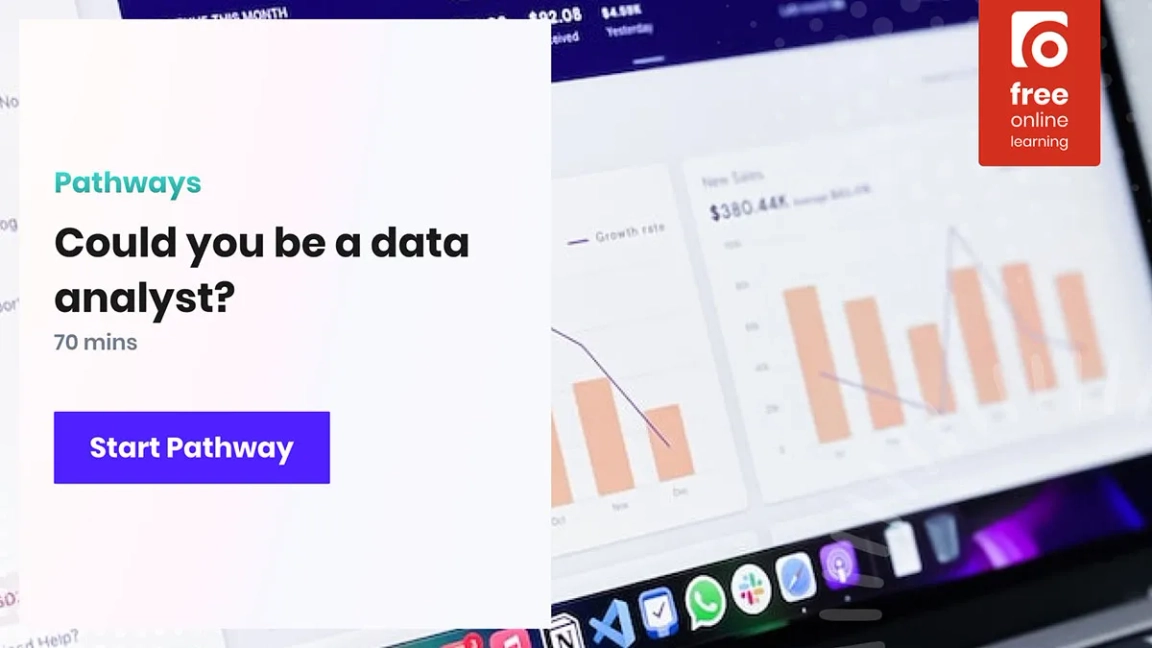Job descriptions and industry overviews
Data visualisation analyst: job description
21 Jun 2023, 15:37
Data visualisation analysts produce graphic representations of data for use by data experts and organisation leaders.

targetjobs Editorial advice
This describes editorially independent and impartial content, which has been written and edited by the targetjobs content team. Any external contributors featuring in the article are in line with our non-advertorial policy, by which we mean that we do not promote one organisation over another.




